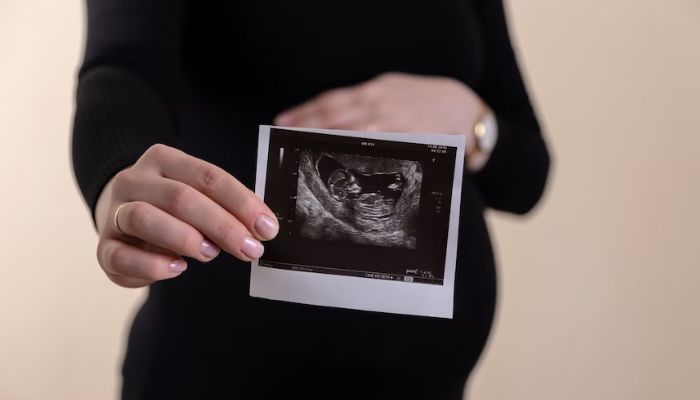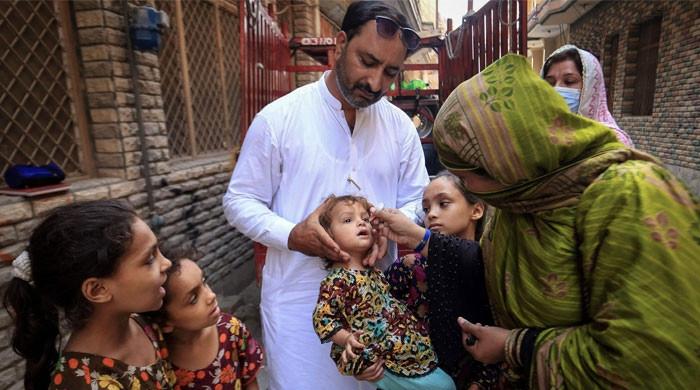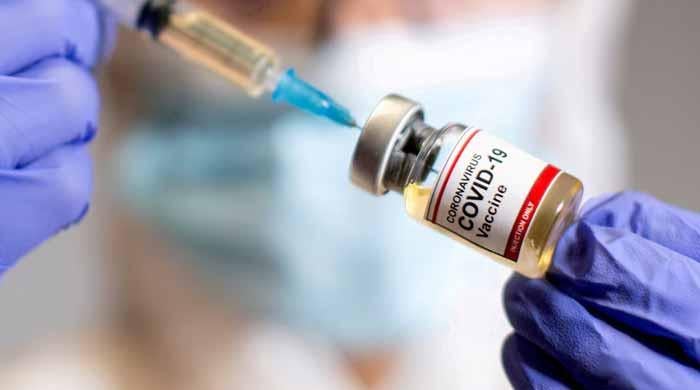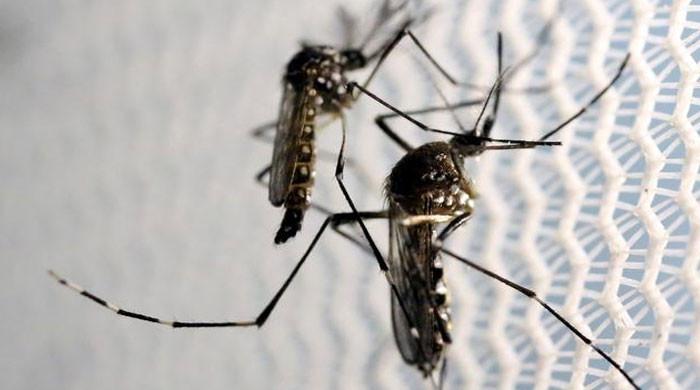Why do babies kick in the womb?
Between 16 and 24 weeks into their pregnancy, majority of pregnant women feel their baby move
December 27, 2022

Scientists have discovered the reason why newborns kick while still in the womb, according to a new study from the University of Tokyo published in Proceedings of the National Academy of Sciences.
These sporadic motions, according to the study, aid in their development. They reportedly promote the development of the sensorimotor system, which includes hand-eye coordination.
Infants begin to kick, squirm, and move immediately after birth and even during pregnancy, seemingly without purpose or outside stimuli. Scientists have been baffled by the fact that a kick may exert a force of more than 10 pounds. A new model demonstrates how it aids in the infant's development of body control.
The discovery has ramifications for treating illnesses and creating machines that are more agile. The Japanese researchers used a musculoskeletal computer model with meticulous motion capture of babies and infants. They were able to examine how muscles communicated with one another and how the body felt as a whole.
Studying the infants' irrational exploratory activity, they discovered patterns of muscle interaction emerging. They were eventually able to execute sequential movements.
The finding may potentially inspire the development of therapies for a variety of neurological diseases ranging from cramps and spasms to cerebral palsy, multiple sclerosis, spinal cord injury, and motor neuron disease.
The foetus synchronises the hundreds of neurons that govern each muscle to produce powerful contractions that wake up "sensors." More accurate diagnosis and more efficient therapies might be possible with a better knowledge of how the sensorimotor system grows. There is currently a lack of research regarding how infants learn to move their bodies.
“Previous research into sensorimotor development has focused on kinematic properties, muscle activities which cause movement in a joint or a part of the body,” said Project Assistant Professor Hoshinori Kanazawa from the Graduate School of Information Science and Technology, in a university release.
“However, our study focused on muscle activity and sensory input signals for the whole body. By combining a musculoskeletal model and neuroscientific method, we found that spontaneous movements, which seem to have no explicit task or purpose, contribute to coordinated sensorimotor development.”
The results are based on recordings of the joint movements of 10 young infants who were around three months old at the time and 12 healthy newborns who were less than 10 days old. Using a computer model of the entire body scaled to an infant's musculoskeletal system, researchers assessed sensory input signals and muscle activity. Spatial and temporal, or spatiotemporal, aspects of the interactions were examined as well.
Kanazawa said that they were taken aback by how newborns' motions "wandered" and how they followed different sensory contacts during spontaneous movement. They called this condition "sensorimotor wandering."
A small number of simple muscular control patterns are involved in motor behaviour, according to earlier research on humans and animals. They are generally seen during repetitive or task-specific actions like walking or reaching.
The most recent findings are consistent with the hypothesis that newborns and infants might develop coordination abilities through spontaneous, whole-body movements that don't have a clear goal or job.
Between 16 and 24 weeks into their pregnancy, the majority of expectant mothers feel their baby move; the sensations might range from a kick to a flutter, swish, or roll.









